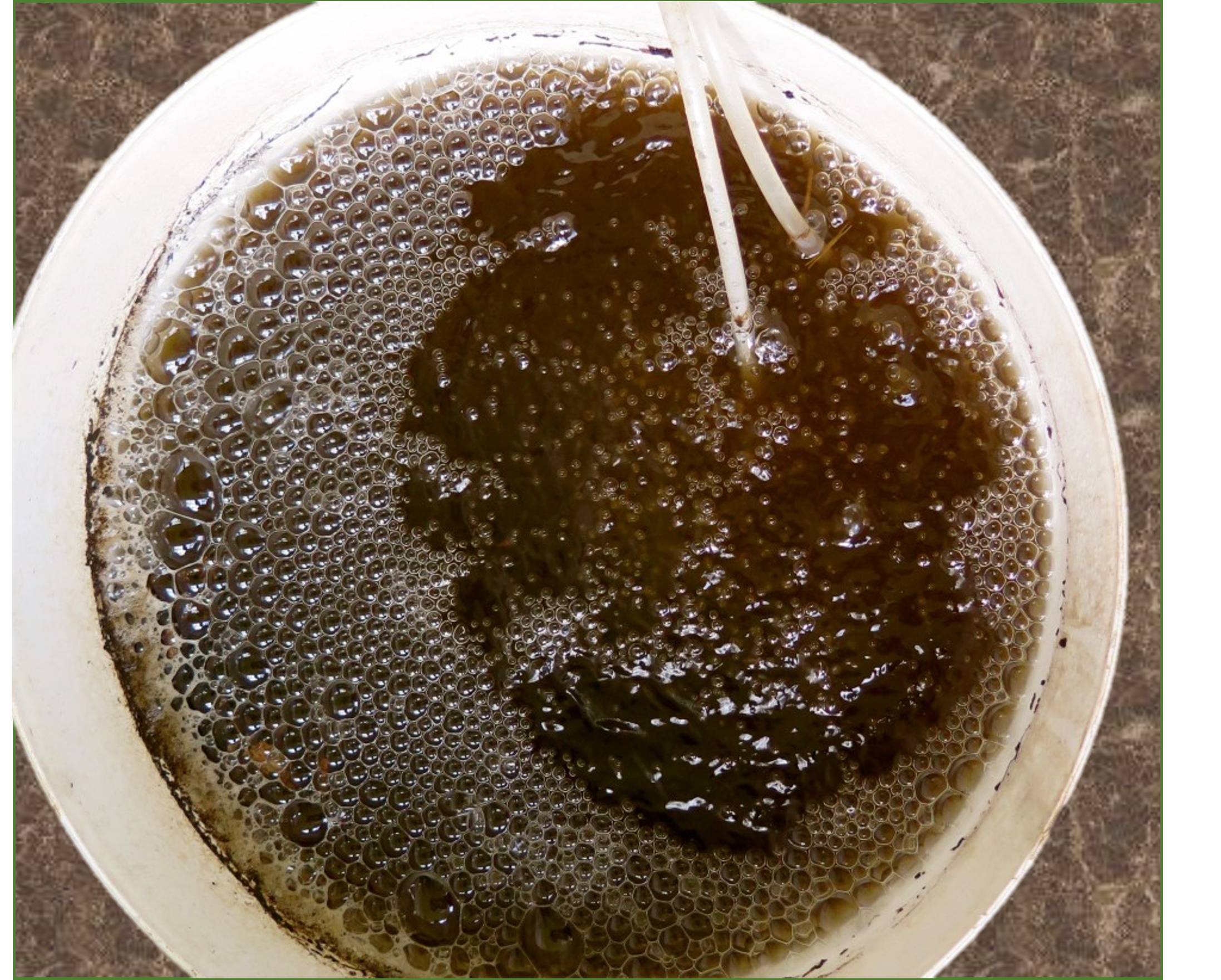As arable farmers' and gardeners' faith in synthetic fertilisers and pesticides wanes, interest in biological solutions to crop nutrition and protection grows. International agrochemical companies have responded by investing in companies with patented biological products, but some farmers have become interested in a cheaper DIY approach called 'compost tea'. Compost Tea comes from steeping compost in water with some sugar or molasses for about a day, usually with air bubbling through, then straining off the now-brown liquid and spraying it onto crop foliage. Several beneficial effects are claimed with suggested mechanisms including added nutrients, stimulatory hormonal effects, and greater resistance to pests and diseases.
However, views differ hugely, with many practitioners showing enthusiasm and scientists showing anything from open-mindedness (a few) through skepticism to total rejection. Links to some papers and reports are as follows:
- Negative: https://extension.illinois.edu/blogs/good-growing/2019-08-14-compost-tea-miracle-product-or-snake-oil
- Negative: https://s3.wp.wsu.edu/uploads/sites/403/2015/03/compost-tea-2.pdf
- Positive, peer reviewed: https://www.intechopen.com/chapters/68380
- Positive: https://www.fwi.co.uk/arable/crop-management/nutrition-and-fertiliser/growers-biological-farming-system-eliminates-fungicide-use
- Positive: https://www.fwi.co.uk/arable/compost-tea-increases-spring-barley-yields-50#:~:text=with%20compost%20tea-,Application,using%20a%20conventional%20sprayer%20system.
Please add your thoughts and comments to the debate here.


